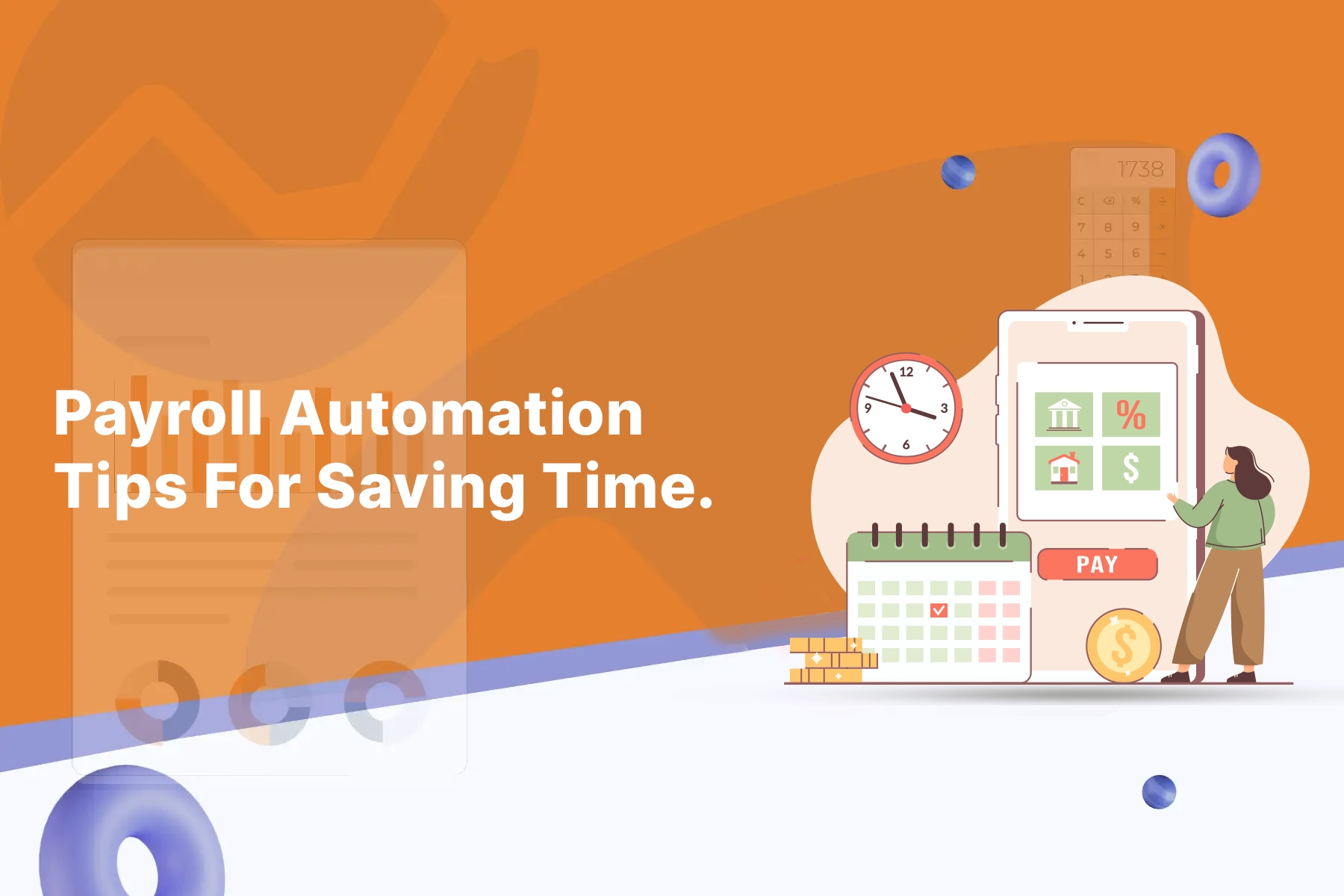
Payroll Automation Tips For Saving Time
Payroll is calculating and distributing wages, salaries, bonuses, and deductions to employees. It is a critical function of any organization as it ensures that employees are paid accurately and on time. The payroll process involves several steps, including collecting employee information, calculating gross pay, calculating deductions, and so on. Payroll processing can be complex, requiring a good understanding of employment laws, tax codes, and payroll software. Many organizations outsource payroll processing to third-party service providers to ensure accuracy, regulation compliance and prevent payroll error.
Is Payroll and Payroll Automation The Same?
Payroll and payroll automation are not the same, but payroll automation is a process that can be used to simplify and streamline the payroll function.Payroll refers to calculating and distributing employee wages, salaries, and benefits. It involves collecting employee information, calculating gross pay, calculating deductions, calculating net pay, and disbursing pay.
Payroll automation, on the other hand, involves using technology to automate many of the tasks involved in the payroll process through the implementation of payroll platform. This can include the use of software to collect employee information, calculate pay, and distribute pay electronically. Payroll automation can help to reduce errors, save time, and increase efficiency in the Payroll Management process. It can also help to ensure compliance with employment laws and regulations, as the software can be programmed to automatically apply the relevant rules and tax codes. Examples of payroll automation include the use of time and attendance software to track employee hours, the use of payroll software to calculate pay and deductions, and the use of electronic payment methods to disburse pay.
5 Payroll Automation Tips
Here are five payroll automation tips for saving time:
1. Integrate your time and attendance system with payroll software
Integrating your time and attendance system with payroll software can help to automate the process of calculating employee pay. This can save time by eliminating the need for manual data entry and reducing the risk of errors.
2. Use Direct Deposit
Direct deposit is a convenient and secure way to pay employees that can save time and reduce the risk of errors associated with physical checks. By setting up direct deposit, you can automate the process of disbursing pay to employees.
3. Automate Tax Withholding
Tax withholding can be a time-consuming task that requires careful attention to detail. By automating payroll taxes withholding with payroll software, you can ensure compliance with Tax Laws and regulations and save time by eliminating the need for manual calculations.
4. Set Up Employee Self-Service
Employee self-service allows employees to access their pay stubs, W-2 forms, and other payroll-related information online. By setting up employee self-service, you can save time by reducing the number of inquiries from employees about their pay and benefits.
5. Regularly Review and Update Payroll Processes
Payroll processes can become outdated over time as regulations and policies change. By regularly reviewing and updating your payroll processes, you can identify areas for improvement and implement new technologies and best practices that can save time and increase efficiency.
Advantages of Payroll Automation
Payroll platforms can help save time and reduce errors by automating tasks such as calculating employee pay, deducting taxes and other deductions, and generating payroll reports. Payroll automation offers many advantages for businesses of all sizes. Here are some of the key advantages of payroll automation:
1. Increased Accuracy
One of the main advantages of payroll automation is increased accuracy. With automated systems, the chances of errors are greatly reduced as calculations are done automatically by software programs. This reduces the risk of over or underpaying employees and ensures compliance with tax laws and regulations.
2. Time Savings
Payroll automation can save businesses a significant amount of time. Manual payroll processes can be time-consuming, requiring hours of data entry, calculations, and checks. With automation, payroll processes can be completed in a matter of minutes, freeing up time for other important business tasks.
3. Improved Data Security
Manual payroll processes are often fraught with security risks, such as the risk of data theft or loss due to the mishandling of paperwork. Automated payroll systems offer increased data security, as employee data is stored in secure databases and backed up regularly to prevent data loss.
4. Increased Employee Satisfaction
With payroll automation, employees can expect timely and accurate payment of their wages, bonuses, and other Bookkeeping Services. This can lead to increased employee satisfaction and improved morale, as employees feel valued and appreciated by their employer.
5. Cost Savings
Automating payroll processes can save businesses money in the long run. By reducing the need for manual labor and minimizing errors, businesses can reduce the cost of payroll processing and avoid costly penalties associated with non-compliance.
6. Improved Compliance
Payroll automation can help ensure compliance with employment laws and regulations. Automated systems can keep up with changing tax laws and regulations, ensuring that businesses are always in compliance and avoiding costly fines and penalties.
7. Enhanced Reporting
Automated payroll systems offer robust reporting capabilities, allowing businesses to easily generate reports on payroll-related data, such as employee salaries, taxes, and benefits. This data can be used to make informed business decisions and improve overall business operations.
Conclusion
Payroll automation can be a very effective and helpful tool for businesses, as it streamlines many of the tedious and time-consuming tasks associated with payroll processing. You can Contact Us to know more about the causes of payroll error and payroll management service processes. By automating payroll, businesses can save time and money, while ensuring accurate and timely payroll processing. Automation also eliminates the need for manual data entry, which can be prone to errors. Furthermore, payroll automation can be used to ensure compliance with local and federal regulations, as well as labor laws. By taking advantage of automation, businesses can ensure that their payrolls are accurate and up-to-date, while providing their employees with the most accurate paychecks possible.
Previous Post